
Image Credit: Image #1: Chris Hunkeler / Flickr.com
You may think there’s no more boring topic than electric utilities. Power plants. Transmission lines. Engineers with flat top haircuts and pocket protectors full of pens in their white short-sleeved shirts.
Well, let me tell you two words that might help make them more interesting: duck curve. If you haven’t heard this term yet, you’re not alone.
A primer on utility load curves
The graph below shows a typical daily load profile for an electric utility. This one’s for a day in New England in 2010, but the basic pattern is similar to what most electric utility load curves look like.
Demand for electricity is at its lowest during the night. When people wake up and start their day, demand rises (morning ramp). Then it stays up at a higher level through the day but rises to a peak after work ends and everyone returns home.
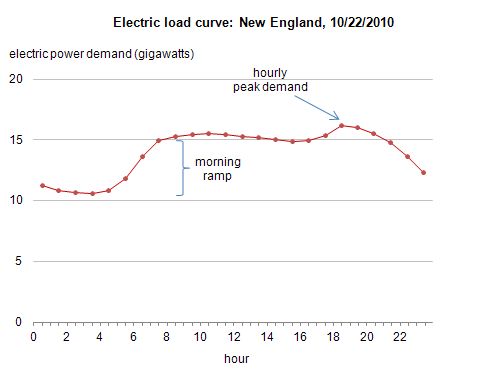
Utilities meet that demand in two ways. They have baseload plants and peaking plants. Baseload plants are mostly coal-fired here in the Southeast and mostly hydro in the Northwest. Peaking plants are often fueled by natural gas.
Now, what electric utility companies would like their load curve to look like is shown below.

But things are changing, and quickly. California is one of the first states to be experiencing it, but it’s coming to other states, too. What’s happening is that cheap photovoltaic modules (a.k.a, solar panels, although that’s an ambiguous term) are reducing the demand during the sunny part of the day. The morning ramp is flattening out, and now the evening ramp is getting steeper. The chart below shows the trend, actual and projected. (See Greentech Media for more on the duck curve.)
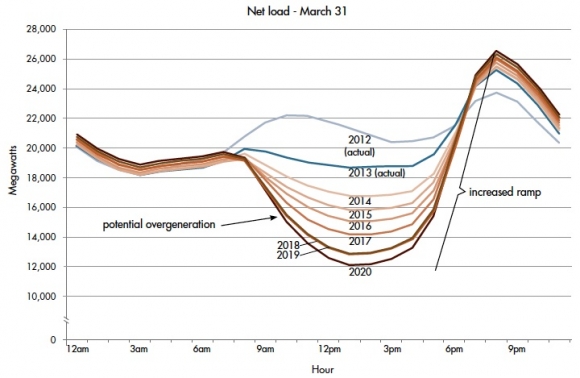
As that electricity starts dropping off in late afternoon and evening, the evening peak begins to hit. That means that utility power plants that had been resting during the PV-saturated afternoon hours suddenly need to ramp up quickly. As you know, any large-scale operation has trouble turning on a dime, so the duck’s neck in the evolving load profile presents problems.
The world of electricity generation is changing rapidly. From smart meters to microgrids to the Tesla Motors Powerwall, there’s a lot happening. The duck curve is an indicator.
Matt Golden, a policy guy in California who came from the home performance world, raised the issue of dramatic change in a comment on one of my LinkedIn articles. In it, he talked about the “new world where EE [energy efficiency] is dead.” (There’s more to it than meets the eye, though, so don’t rush to judgment here yet.)
Could that be true? Will the duck curve kill energy efficiency? Or instead, is it time “to declare hunting season on the Cal ISO’s duck chart,” as a retired California Public Utility Commissioner suggested?
I’ll be taking a deeper look into this issue next week, so be sure to check back then.
Allison Bailes of Decatur, Georgia, is a speaker, writer, energy consultant, RESNET-certified trainer, and the author of the Energy Vanguard Blog. Check out his in-depth course, Mastering Building Science at Heatspring Learning Institute, and follow him on Twitter at @EnergyVanguard.
Weekly Newsletter
Get building science and energy efficiency advice, plus special offers, in your inbox.






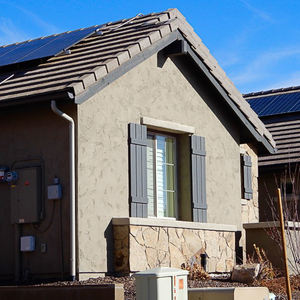
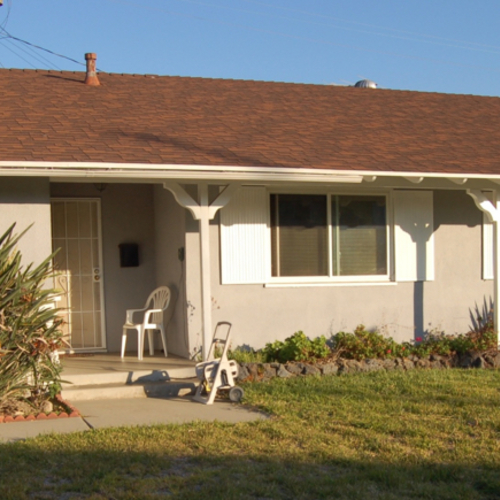
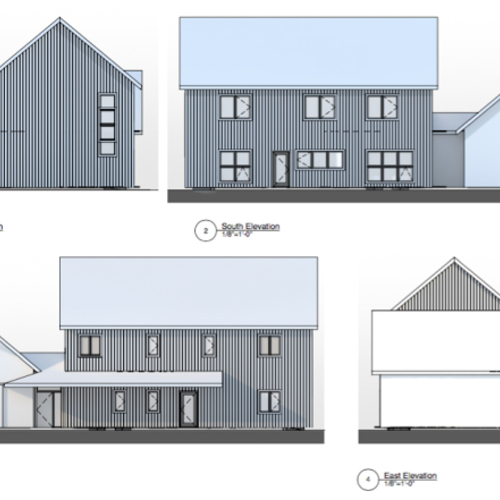
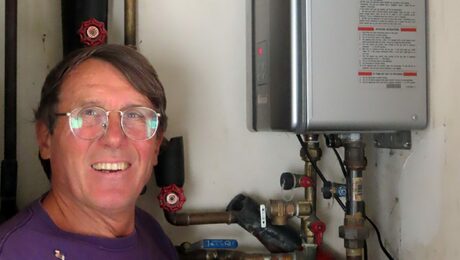

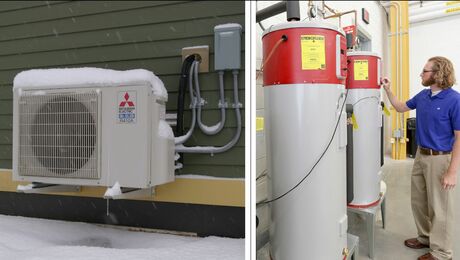
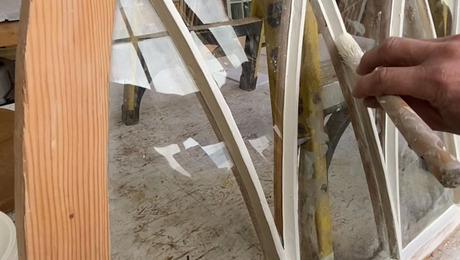

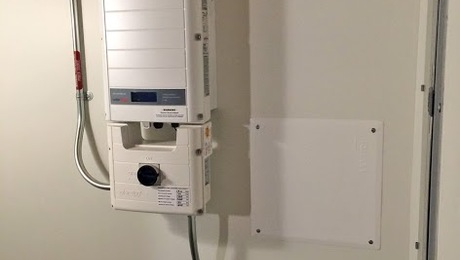
2 Comments
Not so boring..
Thanks, AB3 - finally getting a chance to read this. I seem to be one of the few people who found the keynote at last year's NESEA conference, a panel on utilities, fascinating, so I may not be the best judge.
Response to Dan Kolbert
You're welcome, Dan. Great seeing you in Portland last week!
Log in or create an account to post a comment.
Sign up Log in